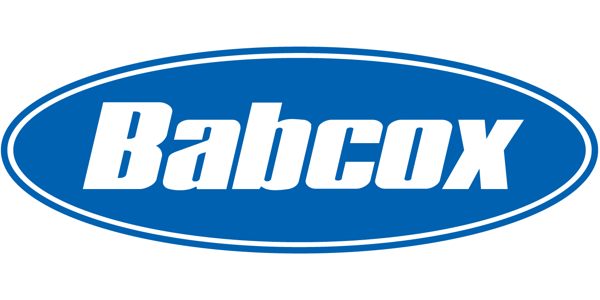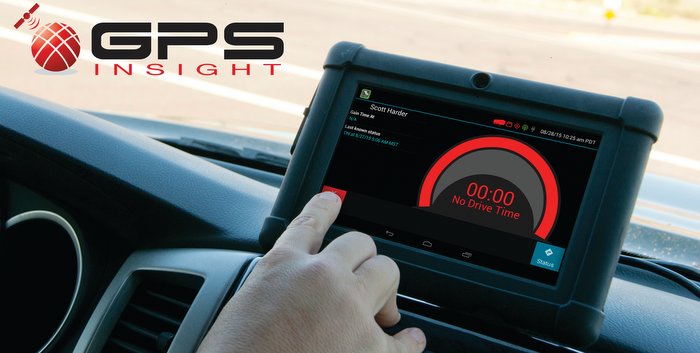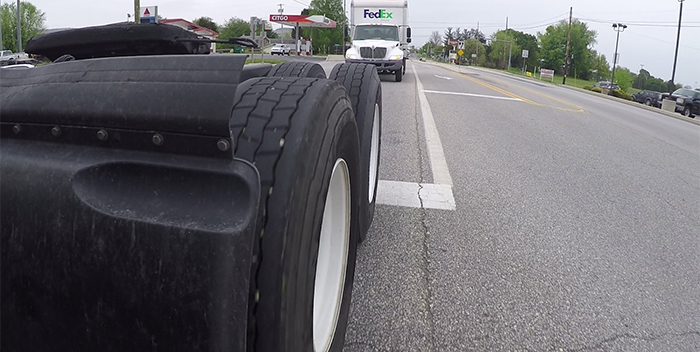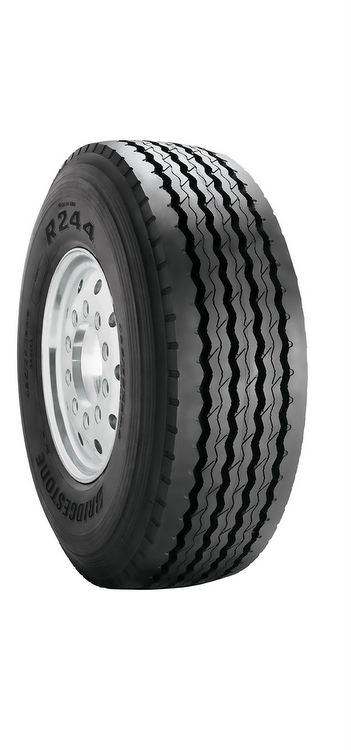“How are you doing?” An often heard question that’s usually answered with something like, “Not too bad!” or “Pretty good!” It might well, however, be a very different question if it comes from “the boss.” To answer it you’ll likely need some numbers.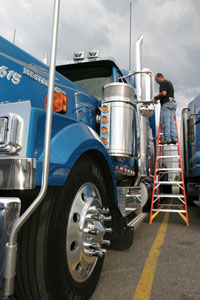
The numbers you’ll need to produce a meaningful answer for your boss’s question are the same as those you would need to answer an even harder one. “How am I doing?” And that’s a question that you should be not only be asking on a regular basis, but be in a position to answer. Darry Stuart, president and CEO of DWS Fleet Management Services, says, “Fleet equipment managers should be constantly watching minutes and pennies. As the minutes go by, they should be counting the pennies.”
But counting your own pennies, unfortunately, isn’t enough. You need to know where you stand relative to other similar operations, and benchmarking studies can help you do exactly that.
According to the National Private Truck Council, which does an annual study of and for its members, “Benchmarking is the process of defining and searching for best practices that will lead to superior performance and recognition as an industry leader. The primary focus of any benchmarking study should be to uncover, both internally and externally, those practices that result in superior performance within a certain cost or service category.”
Jack Poster, VMRS service manager at the Technology and Maintenance Council (TMC) of the American Trucking Associations, says, “Benchmarking is a disciplined way of examining your own business and comparing it either internally to another location or externally to another like business to gather the information you need to make your operation better.
Pitfalls
A very serious problem can result when top management, in an effort to reduce costs, imposes an arbitrary “benchmark” because it may generate a figure that represents wishful thinking, but has no relationship to reality. Stuart says, “Unfortunately, what is called a benchmark, but is actually an unachievable number, is sometimes imposed by someone in top management who simply wants to cut costs. Too often it’s an intimidation method and a major cause of the short tenure of many fleet managers. One might be tempted to ‘make the numbers’ instead of doing the right thing. Determining costs within each company’s cost structure is an educated guess at best. Actual costs that are higher than the imposed benchmark may become the basis for the belief that the fleet manger is not performing effectively.”
Likely, the most common error when doing benchmarking is to use data that appears to be applicable because it comes from a source that appears to be in the same business yet is based on an operation too different to be acceptable. You wind up comparing “apples to oranges.”
David Foster, vice president of maintenance at Southeastern Freight Lines, says, “You’ve got to make sure you compare like operations. Each business has a little different aspect to it. For our internal benchmarking, we try to benchmark or compare costs and efficiencies of one like shop to another. To do that, we split up our 22 shops into six different subgroups. Our shops range in size from two bays to 19 bays, and you can’t really compare an 18- or 19-bay operation to a two- or three-bay shop. A large shop will always produce better labor numbers than a smaller one because a small shop has fewer people to do all the minor things.”
VMRS codes
The use of a common language to describe maintenance and repair procedures goes a long way in ensuring that data for benchmarking, whether it was sourced internally or externally, is applicable for your purposes. TMC’s Vehicle Maintenance Reporting Standards offer fleets such a common language. Poster says, “VMRS is a standardized coding convention that can be used to describe all the maintenance operations your fleet undertakes.” (www.truckline.com.) The Standards include:
• Equipment classification codes used to describe and classify most types of fleet equipment—trucks, tractors and trailers of all types; fork-lifts and construction equipment, etc.
• Labor codes provide concise descriptions of shop labor and warranty operations.
• Part codes provide identification of more than 24,000 individual trucking equipment parts. These codes do not replace the manufacturer’s part number, rather they provide a standard item number to describe the same part regardless of the manufacturer.
• Manufacturer/supplier/brand codes include over 3,000 listings to identify manufacturers, suppliers and brands.
Foster says, “We’ve been using VMRS at Southeastern Freight Lines since the inception of the program. It is the foundation of our maintenance reporting and is vital to our being able to generate the information we need to manage our maintenance facilities. Whenever we have questions about where we want to go, it always goes back to data and putting a measurement process in place. We say over and over, ‘If you can’t measure it, you can’t improve it.’”
Data sources
While finding data applicable to your operation for use in a benchmarking study might not be easy, the exercise is very likely to prove useful. Stuart says, “Although no data from another operation is going to be directly applicable to yours, benchmarking can force people to look at things they should be looking at but sometimes fail to do. People sometimes become quite complacent.”
He recommends that you develop your own goals over time, as Southeastern does. Foster says, “We’re very active in several industry organizations and interact with other maintenance folks to see what they’re doing. We try to learn and grow from such activities. We don’t, however, get data to compare very often. We look at what other maintenance managers are doing to determine best practices and try to incorporate them into our organization all the time.”
Participation in local maintenance organizations also offers the possibility of generating some numbers that can be used in a benchmarking study. For example, the Capitol Region Council of Governments undertook a benchmarking investigation of its members’ vehicle maintenance operations. Among other things, it quantified the resources allocated by each community in support of related services and identified the policies and procedures that govern day-to-day operations and resulting efficiency levels (e.g. replacement and preventative maintenance schedules, standardization programs, professional certification incentives, etc.).
Does it not make sense to participate or even initiate a benchmarking study with fleets in operations similar to yours? If you do and you intend to use the information generated, make sure you’re comparing “apples to apples.” VMRS can help. FE
Software assistance
Many fleet management software programs provide users with the capability to analyze performance data needed for internal benchmarking studies. For example, TMT Fleet Maintenance software provides its users the ability to identify business key performance indicators in real time using its exception alerting system called The DAWG. Condition alerts and exceptions are provided to inform maintenance personnel and vendors as conditions approach or cross tolerance bands. Historical information and trending is also accomplished through standard reporting services. The flexibility provided customers to identify their own benchmarks and display performance in real time through dashboards and reports has produced high value to TMT customers. Typical benchmark examples are identified as follows.
Asset and fleet life-to-date costs:
• Against industry metrics
• Across equipment types
• Between shop locations
• With exceptions such as accident, abuse, tires, fuel, etc.
Performance of technicians:
• Against labor/service standards
• Based on number of callbacks or
work under warranty
Measure OEM and aftermarket
component and part lifecycles to
expected and/or warranty period :
• To predict future failures
• To identify true part and component
costs
• To produce future equipment
specifications
Performance of vendors:
• To identify overcharges
• To rate vendors
There are many additional areas fleet customers can use to leverage this technology to measure their performance. Key to a true measurement is accurate and consistent information. TMT Fleet Maintenance provides the discipline in processes and information collection at the source through its use on the shop floor, for parts purchasing, inventory management, repair order creation and accounting integration within the company. Integration and use by service vendors and part providers ensures accurate and real time information across the extended enterprise.

